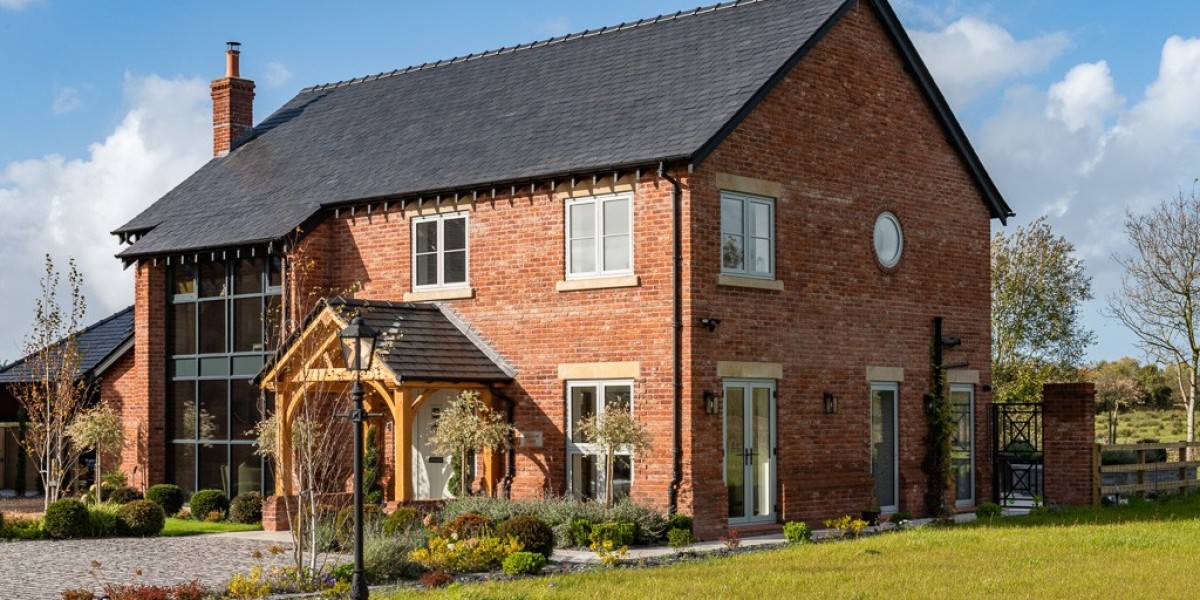Residential real estate is evolving faster than ever, driven by changing lifestyles, technological advancements, environmental concerns, and shifting buyer expectations. As we move through 2025, several new trends are redefining how people buy, sell, and live in homes. Whether you're a homebuyer, investor, or real estate professional, staying updated with these trends can help you make smarter decisions.
1. Rise of Smart Homes
Smart homes have become more mainstream, with buyers increasingly prioritizing automation, security, and energy efficiency. Features like voice-controlled lighting, smart thermostats, remote security systems, and AI-powered appliances are no longer luxuries—they’re expectations.
Developers are now integrating these technologies during the construction phase, making smart features a standard offering.
Key Takeaway: Homes with built-in smart tech are commanding higher resale values and renting faster.
2. Sustainability is a Priority
Eco-friendly housing is more than just a buzzword. Homebuyers in 2025 are actively seeking sustainable and energy-efficient homes. Solar panels, green roofs, rainwater harvesting systems, and energy-efficient materials are trending in new residential projects.
Green certifications like IGBC (Indian Green Building Council) and LEED are influencing buyer choices, especially among millennials and Gen Z.
Key Takeaway: Sustainable features are influencing purchase decisions and increasing long-term property value.
3. Co-Living and Shared Spaces
The co-living model is gaining popularity in urban areas, especially among young professionals and students. These spaces offer fully furnished homes with shared amenities, flexible leases, and a strong sense of community.
As real estate prices rise, co-living becomes a cost-effective and social way to live in prime locations without bearing the full burden of rent or ownership.
Key Takeaway: Co-living is not just a trend—it’s a growing segment meeting the demand for affordability and social connection.
4. Suburban Shift Continues
While urban centers remain popular, many homebuyers are looking toward the suburbs and tier-2 cities. Improved connectivity, hybrid work culture, and affordable prices have led to a growing interest in suburban and peripheral areas.
Developers are responding by creating mini-townships with all amenities, schools, hospitals, and entertainment hubs within reach.
Key Takeaway: Suburbs are turning into hotspots for residential investment due to lower prices and better living standards.
5. Technology-Driven Real Estate Transactions
Digital transformation has revolutionized the way people buy homes. Virtual tours, drone footage, AI-based property suggestions, and digital documentation are streamlining the buying process. Buyers can now finalize deals from anywhere in the world.
Even real estate agents are using CRM tools, analytics, and AI to match properties with potential buyers more effectively.
Key Takeaway: The home-buying journey is now faster, more transparent, and accessible thanks to technology.
6. Luxury Homes See a Comeback
After a temporary slump, the demand for luxury and ultra-luxury residential spaces is resurging. High-net-worth individuals (HNIs) are investing in larger homes with private pools, in-house gyms, work-from-home spaces, and top-tier amenities.
Exclusive gated communities and branded residences are in demand across metro cities and even holiday destinations.
Key Takeaway: Premium residential real estate is bouncing back, driven by wealth creation and lifestyle upgrades.
7. Rental Market Evolution
The rental housing market is witnessing innovation, especially with the rise of professional rental management platforms. From fully furnished serviced apartments to long-term managed rentals, tenants now enjoy greater flexibility and convenience.
New rental models such as “rent-to-own” are also making waves, especially among younger professionals and first-time home seekers.
Key Takeaway: The rental ecosystem is becoming more organized, tech-enabled, and tenant-friendly.
8. Focus on Health-Centric Design
Post-pandemic homebuyers are prioritizing health-focused designs. Natural ventilation, open balconies, green surroundings, touchless access, and wellness amenities like yoga decks and walking trails are highly desirable.
Developers are rethinking layouts to allow more sunlight, air, and personal space within residential units.
Key Takeaway: Wellness and health are now core pillars of modern residential design.
Final Thoughts
The residential real estate market in 2025 is shaped by innovation, environmental consciousness, lifestyle shifts, and a new digital-first mindset. As consumer preferences evolve, developers, investors, and agents must stay agile and informed.
For anyone looking to buy or invest, understanding these latest trends can make a big difference in choosing a home that not only meets today’s needs but also adapts to tomorrow’s possibilities.
Important Links
Thomson View En Bloc Condo Showflat
Thomson View En Bloc Condo Showflat


